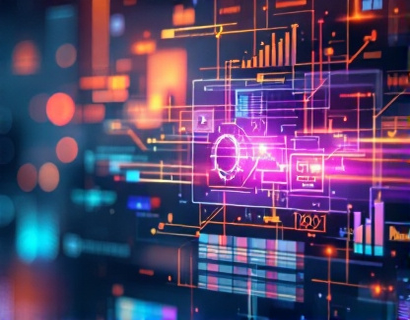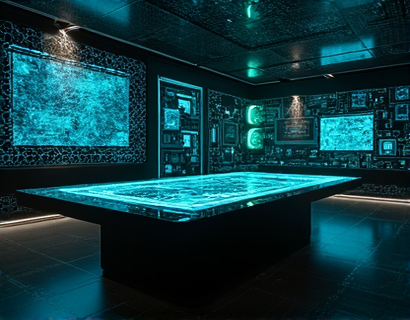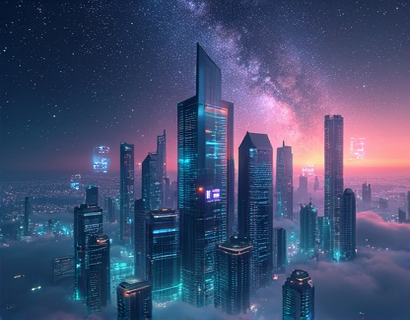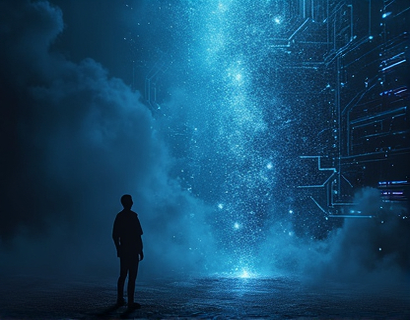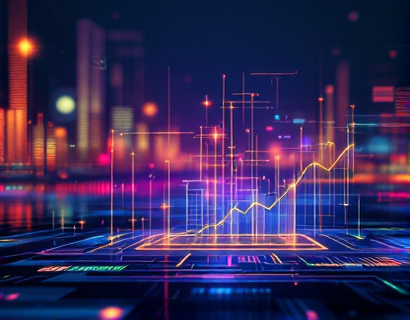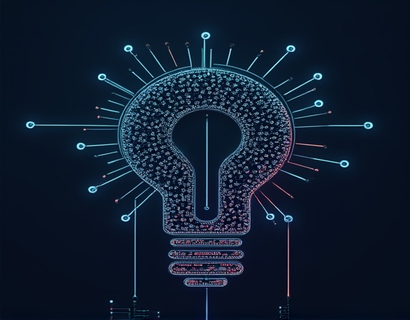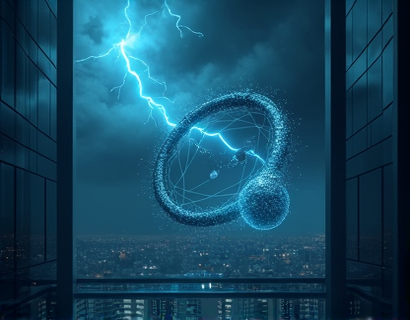Unlocking Musical Potential: Harnessing AI for Advanced Composition and Production
The integration of Artificial Intelligence (AI) in music creation has opened new frontiers for artists, producers, and composers worldwide. This technological advancement offers unprecedented opportunities to streamline the creative process, enhance sound quality, and unlock new artistic potentials. By leveraging AI tools, musicians can transform their ideas into reality with greater ease and efficiency, making the music production process more accessible and intuitive. This article delves into the ways AI is revolutionizing music composition and production, providing insights into the tools and techniques that are shaping the future of music creation.
Evolving Landscape of Music Production
The music industry has always been at the forefront of embracing new technologies. From the invention of the magnetic tape to the digital revolution, each advancement has brought about significant changes in how music is created, recorded, and consumed. Today, AI stands as a pivotal technology, offering innovative solutions that augment human creativity. The fusion of AI and music production is not just about automating repetitive tasks but about enhancing the artistic process itself. AI tools can analyze vast amounts of musical data, learn from diverse genres, and generate unique compositions, thereby expanding the creative palette for musicians.
AI in Composition: A New Creative Partner
One of the most exciting applications of AI in music is in the composition phase. AI algorithms can analyze existing musical pieces, identify patterns, and generate new melodies, harmonies, and rhythms. These tools can serve as a creative partner, offering suggestions and ideas that might not have been considered otherwise. For instance, AI can help in creating intricate chord progressions, crafting memorable hooks, and even composing entire tracks based on specific parameters set by the user. This collaboration between human intuition and machine learning algorithms results in music that is both innovative and emotionally resonant.
Generative Models and Their Capabilities
Generative models, such as Variational Autoencoders (VAEs) and Generative Adversarial Networks (GANs), are at the core of AI-driven composition. These models can generate music that mimics the style of famous composers or creates entirely new sounds. For example, a VAE can learn the features of a particular genre and then generate new pieces that adhere to those characteristics. GANs, on the other hand, use a competitive approach where two neural networks, a generator and a discriminator, work against each other to produce high-quality music. This technology has the potential to produce music that is not only technically proficient but also creatively compelling.
Enhancing Production with AI
AI is not limited to composition; it also plays a crucial role in the production phase. From mixing and mastering to sound design and effects processing, AI tools can significantly improve the quality and consistency of music productions. AI algorithms can analyze audio files, detect issues such as noise and distortion, and apply corrective measures automatically. This not only saves time but also ensures a higher standard of sound quality. Additionally, AI can assist in creating realistic instrument sounds and virtual acoustics, allowing producers to experiment with a wide range of sonic possibilities without the need for expensive hardware.
Automated Mixing and Mastering
Automated mixing and mastering are among the most transformative applications of AI in music production. These tools use machine learning to analyze the balance, panning, and dynamics of a mix, applying professional-grade adjustments to enhance the overall sound. AI can ensure that the music sounds great across various playback systems and environments, from high-end studio monitors to portable speakers. This democratizes access to high-quality production, enabling independent artists and small studios to produce music that competes with major label releases.
Intuitive User Interfaces and Accessibility
The true power of AI in music creation lies in its ability to make complex technologies accessible to everyone. Modern AI music tools are designed with user-friendly interfaces that require minimal technical knowledge. Beginners can explore advanced features without getting overwhelmed, while seasoned professionals can leverage these tools to streamline their workflow. The intuitive design of these applications ensures that users can focus on the creative aspects of music making, rather than getting bogged down by technical details.
Drag-and-Drop Functionality
Many AI music tools offer drag-and-drop functionality, allowing users to easily manipulate audio clips, add effects, and arrange tracks. This visual approach to music production makes it easier for non-technical users to experiment with different ideas and see immediate results. The ability to quickly iterate and refine compositions encourages a more exploratory and creative process, fostering innovation and artistic growth.
Collaboration and Community
The rise of AI in music creation has also fostered a sense of community among musicians and producers. Online platforms and forums dedicated to AI music tools provide a space for users to share their work, exchange ideas, and collaborate on projects. This community-driven approach not only enhances the learning experience but also leads to the cross-pollination of styles and techniques, further enriching the musical landscape. AI has thus become a catalyst for collaboration, breaking down barriers and bringing together creators from diverse backgrounds.
Shared Projects and Real-Time Collaboration
AI-powered platforms enable real-time collaboration, allowing multiple users to work on the same project simultaneously, regardless of their physical location. This feature is particularly valuable for remote teams and global collaborations. AI can synchronize changes in real-time, ensuring that all participants see the most up-to-date version of the project. This seamless collaboration process accelerates the creative workflow and fosters a more dynamic and interactive music-making environment.
Ethical Considerations and Future Prospects
As AI continues to integrate into music creation, it is essential to address the ethical implications of this technology. Questions around authorship, originality, and the role of human creativity in AI-generated music are crucial. While AI can assist in the creative process, the emotional depth and personal experience that human artists bring to their work remain irreplaceable. The future of AI in music lies in finding a balance between technological innovation and artistic integrity, ensuring that AI serves as a tool to enhance, rather than replace, human creativity.
Looking Ahead
The future of AI in music creation is promising, with ongoing research and development poised to bring even more advanced tools to the forefront. As AI algorithms become more sophisticated, we can expect to see further improvements in generative capabilities, real-time collaboration, and personalized music production. The integration of AI with other emerging technologies, such as virtual reality and blockchain, could lead to entirely new forms of music experiences and distribution models. The potential for AI to democratize music creation and make high-quality production accessible to all is immense, paving the way for a more inclusive and vibrant musical future.
In conclusion, AI is not just a tool but a partner in the creative journey of musicians and producers. By harnessing the power of AI, artists can unlock new levels of creativity, efficiency, and sound quality, transforming the way music is made and experienced. As we continue to explore the possibilities of AI in music, the future looks brighter and more innovative than ever before.



